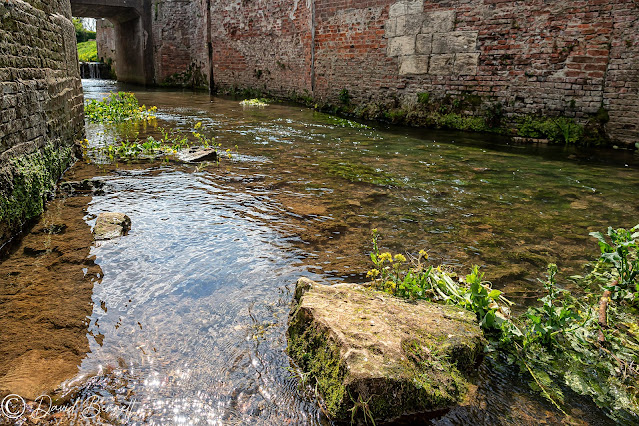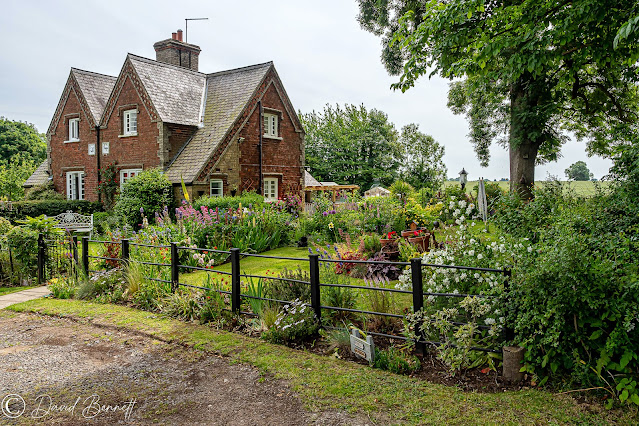TICKLEPENNY LOCK.
Ticklepenny Lock is one of the deepest locks on the system, named after a local family of smallholders, lock keepers and collector of tolls. The locks are without their doors but all the ironwork and masonry is still intact.
 |
The canal meanders it's way toward Ticklepenny Lock on it's way
from Alvingham. |
 |
This shows how deep this lock is, the water would have been a lot deeper but since the
canal was abandoned the levels have been deliberately lowered.
Also here, we see a better example of the Barrel shaped construction of the lock. |
 |
| On the opposite side of the road bridge the canal drops down a yard or so. |
 |
| Here we see the canal passing below the road bridge. |
 |
Original iron work, but all the gates were removed after the closure of the canal to
make use of the timbers. All the swing bridges were removed and replaced with
permanent road bridges. |
 |
| I got down to the water level to show the depth of this lock. No, I didn't get wet. |
The Louth Navigation Trust carried out repairs to Ticklepenny Lock in 1996 & learnt about the structure of the lock and it's foundations. Wooden piles had been driven down into the clay bed before it was built and then horizontal beams laid across the piles. The brick & stone masonry of the lock was built directly on top of this wooden base. The trust replaced the wooden foundations with concrete.
All the locks on the canal were constructed using this method.
That these wooden foundations had lasted since the 1770's is testament to the canal builders skill.
Olympus EM1 Mk2 + 12-40mm Pro lens.












































